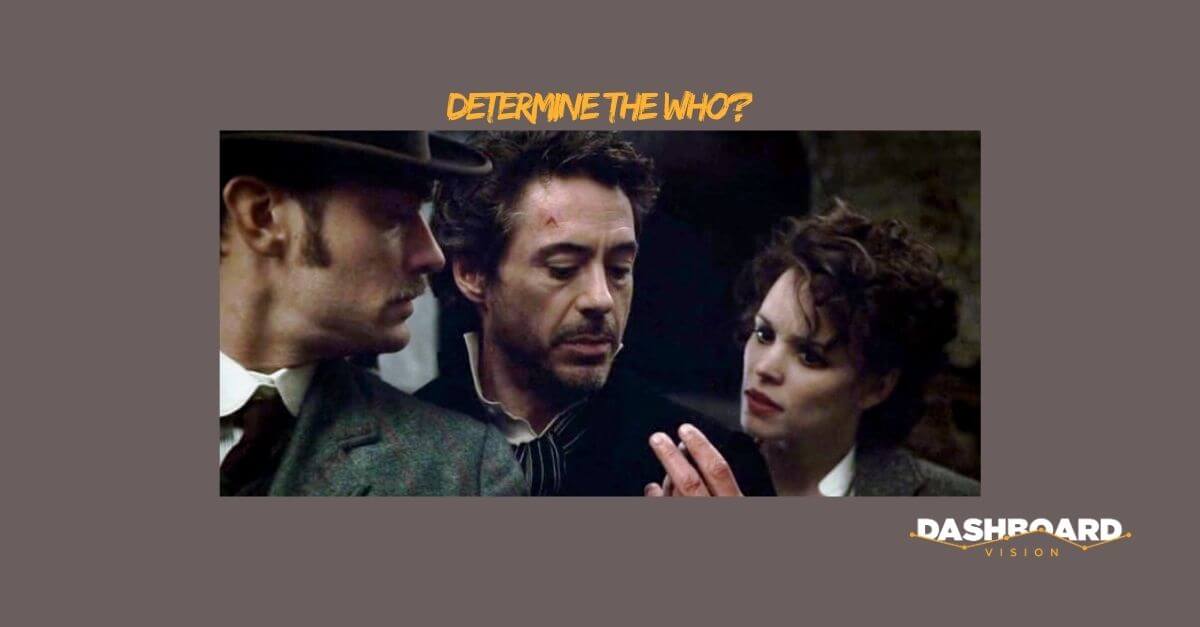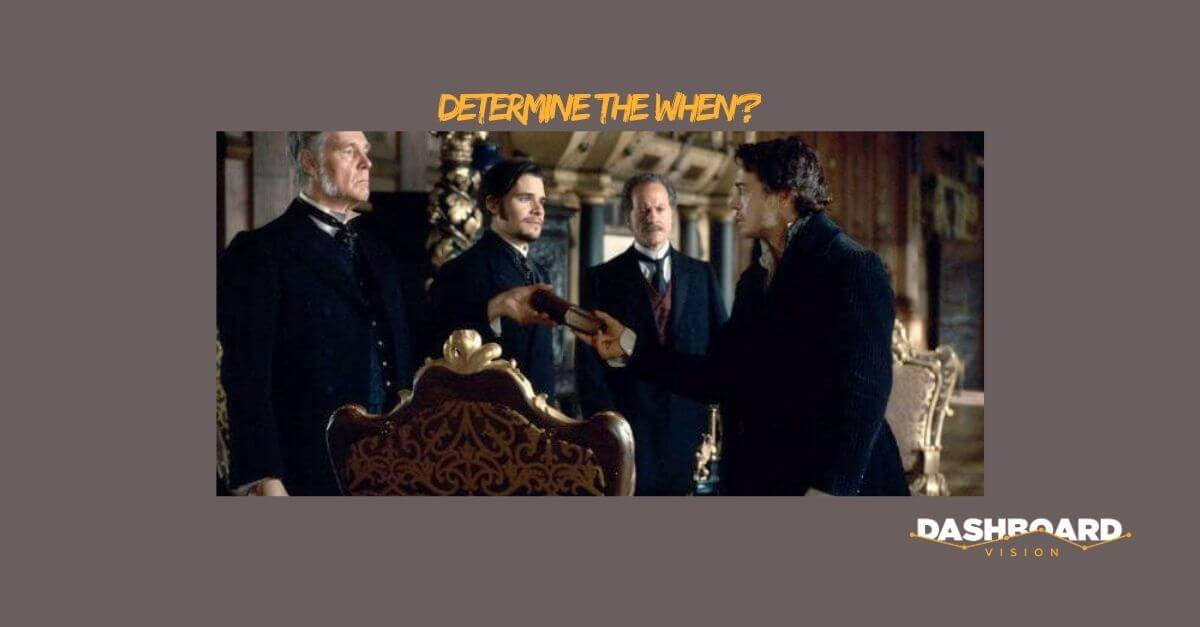
I’m a planner, always have been. I guess because in my post Eat, Pray, Love life, kids, family, career, I had little time to be carefree, so planning was a must. This virtue served me well in the beginning phase of starting a dashboard project, well before the scoping phase. Planning helps to set up how extensive the scoping phase has to be – is your client very familiar with what it needs or are they looking for answers from you? It’s best to start with the WHO. Who…
- is paying for the dashboard, the sponsor?
- is the manager (asking for the dashboard)?
- are the dashboard readers (who will be using it)? What part of the company?
- will be involved with the project?

Often the sponsor and business owner are the same but it is also very common for the person requesting the dashboard won’t be the same person using it. Knowing this allows you to get the right persons at the scoping meetings. Setting expectations with these people are key to the success of the project, even if they won’t be using the dashboard. For sponsors and managers you want to understand:
- What business problem will the dashboard try to solve?
- What are they expecting the outcome to look like? Are they expecting it to look exactly like an existing report or are they OK with what you propose?
- How will they be involved – at each step of the process or just at the end? Who will ultimately sign off on the project?

At this time, you should give them an overview of the process and note where they will be updated on the progress. This will also help to check if there are any resource issues upfront.
For the Dashboard Readers and any other technical resources who will be involved, this is your time to start building your rapport with them and secure their buy-in. You want to ensure:
- their availability to provide input both in terms of KPIs and UI design
- they understand the process you will go through to complete the dashboard

We’ll focus on the project goals next ie, the WHAT in the next blog and include a handy worksheet that you can use immediately in your next project!


